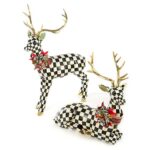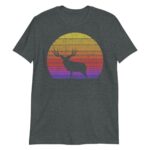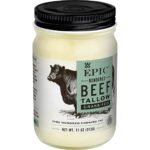Can a deer smell better than a dog? The answer to this intriguing question lies in the depths of their extraordinary olfactory capabilities. Join us as we delve into the fascinating world of animal senses, comparing the remarkable noses of deer and dogs.
Deer and dogs possess distinct olfactory systems, each adapted to their unique environments and survival needs. Let’s explore the intricacies of their nasal structures and uncover the secrets behind their exceptional sense of smell.
Comparative Olfactory Capabilities
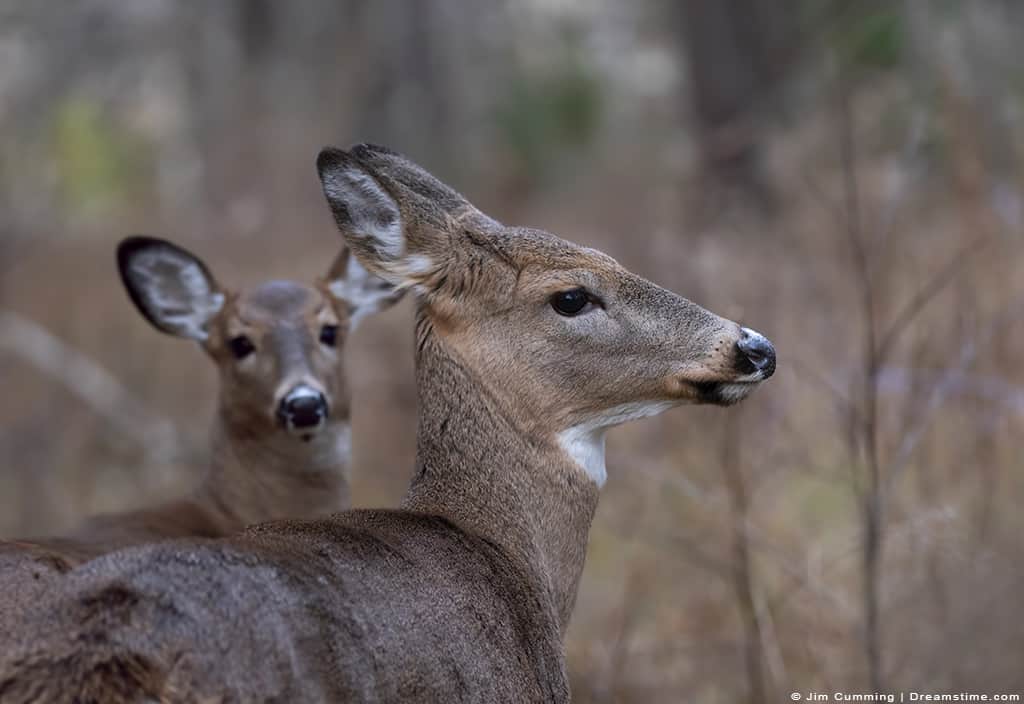
Deer and dogs possess remarkable olfactory capabilities, but their abilities differ in specific ways. This section explores the differences in their olfactory receptors, structures, and the role of scent glands in their communication.
Olfactory Receptors and Structures
Deer and dogs have a large number of olfactory receptors, specialized cells that detect and transmit odor molecules to the brain. However, dogs possess a significantly higher number of olfactory receptors than deer, estimated to be around 220 million compared to deer’s 300,000.
In addition to the number of receptors, the structure of the olfactory system also plays a role in olfactory capabilities. Dogs have a larger olfactory bulb, which is the brain region responsible for processing olfactory information, and a longer olfactory epithelium, the tissue lining the nasal cavity where odor molecules bind to receptors.
Scent Glands and Communication
Both deer and dogs use scent glands to communicate and mark their territory. Deer have scent glands on their feet, between their toes, and on their forehead. These glands secrete pheromones, chemical signals that convey information about the individual’s sex, reproductive status, and territory.
Dogs, on the other hand, have scent glands around their anus, between their toes, and on their face. These glands also secrete pheromones, which are used for marking territory, identifying individuals, and communicating social status.
Specific Scents
Deer and dogs have evolved to detect specific scents that are important for their survival. Deer are particularly adept at detecting the scent of predators, such as wolves and coyotes, and can identify individual predators based on their scent. Dogs, on the other hand, are known for their ability to detect the scent of prey, such as rabbits and birds, and can track their movements over long distances.
Environmental Factors
The olfactory capabilities of deer and dogs are influenced by a range of environmental conditions, including wind, humidity, temperature, terrain, and vegetation. These factors affect the dispersal and detection of scents, impacting the ability of these animals to locate food, avoid predators, and communicate with each other.
Wind
Wind plays a crucial role in scent detection. It can carry scents over long distances, allowing animals to detect them from afar. However, strong winds can also disperse scents too quickly, making it difficult for animals to track them down.
The direction of the wind also influences scent detection, as animals tend to face into the wind to maximize their ability to detect scents.
Humidity
Humidity affects the dispersal and persistence of scents. High humidity can trap scents closer to the ground, making them easier for animals to detect. Conversely, low humidity can cause scents to dissipate more quickly, reducing their detectability. Animals have adapted to these conditions by adjusting their sniffing behavior and scent-marking strategies.
While deer may not have the legendary olfactory abilities of dogs, their senses are still incredibly sharp. They can detect scents from miles away and use this ability to navigate their environment and find food. In addition to their keen sense of smell, deer also possess an extraordinary ability to see in low-light conditions.
They can even see infrared radiation, which gives them an advantage when it comes to detecting predators or prey. This ability is made possible by a special layer of cells in the back of their eyes called the tapetum lucidum.
So, while deer may not be able to smell as well as dogs, they have a unique set of sensory abilities that help them survive in the wild. Can Deer See Infrared Radiation?
Temperature
Temperature can also impact scent detection. Warmer temperatures can increase the volatility of scents, making them easier for animals to detect. However, extreme heat can also damage the olfactory receptors in the nose, impairing the ability to detect scents.
Terrain and Vegetation
The terrain and vegetation in an area can influence the dispersal and detection of scents. Steep slopes and dense vegetation can block the flow of scents, making it difficult for animals to locate them. Conversely, open areas with sparse vegetation allow scents to travel more freely, increasing the chances of detection.
Hunting and Tracking
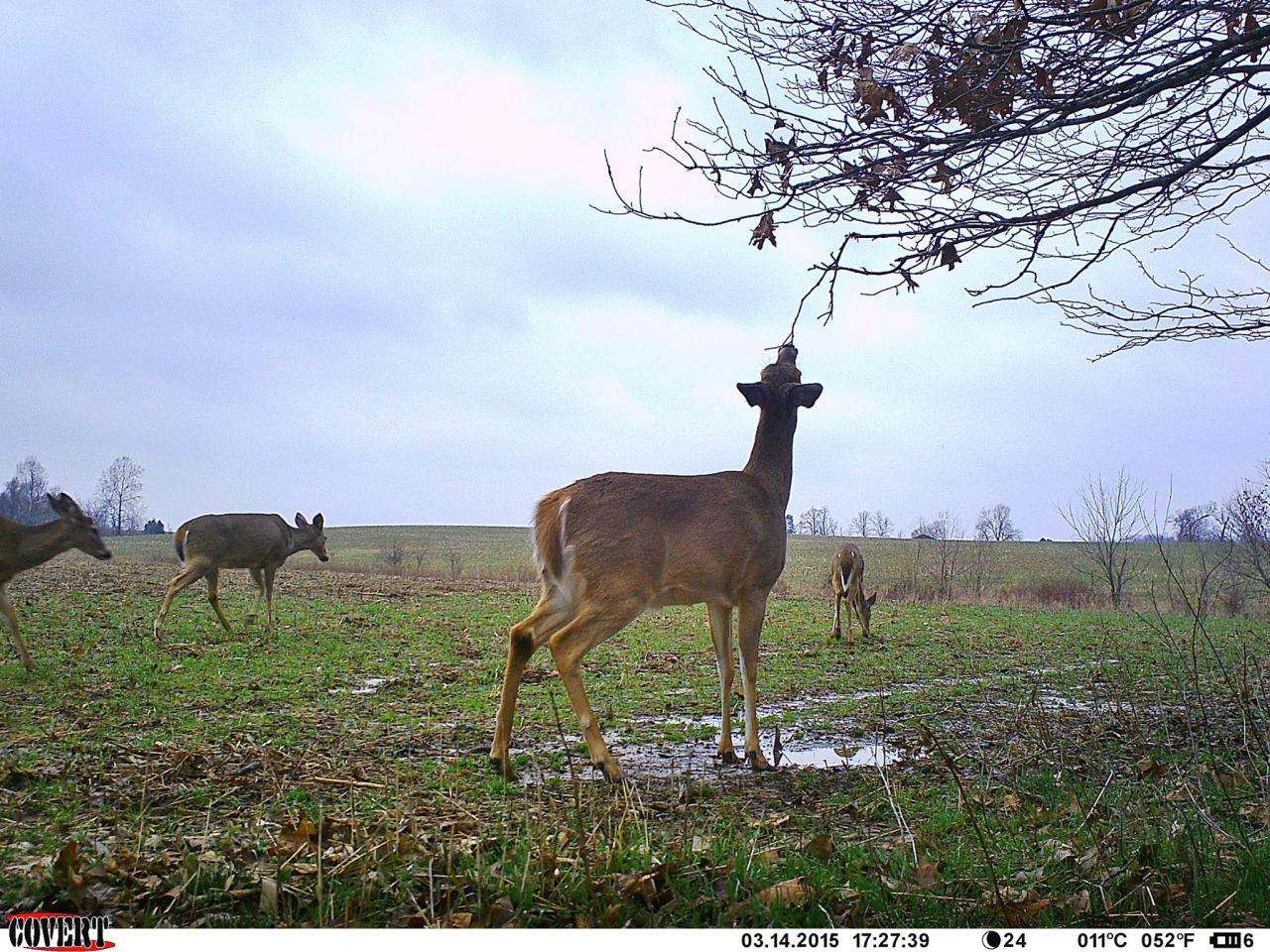
Olfactory cues are vital for both deer and dogs during hunting. Deer rely on their sense of smell to detect predators, find food, and communicate with each other. Hunters use the scent of deer to track and locate their prey.
Dogs have an even more acute sense of smell than deer, and they are often used to track down wounded animals or locate missing persons or animals.
Tracking Techniques
Hunters use a variety of techniques to track deer. One common method is to follow the deer’s tracks in the snow or mud. Hunters may also use dogs to track deer by scent. Dogs are able to follow a deer’s scent even if it is several hours old.
When it comes to the battle of the senses, dogs are often thought to have the upper hand when it comes to smell. But what about deer? Can they actually smell better than our canine companions? The answer to this question lies in their intelligence.
Deer intelligence is often underestimated, but studies have shown that they have a remarkable ability to learn and adapt to their environment. This includes their sense of smell, which they use to navigate their surroundings, find food, and avoid predators.
So, while dogs may have a slight edge when it comes to overall olfactory sensitivity, deer’s intelligence allows them to make up for it in other ways, making them formidable opponents in the battle of the noses.
Scent-Trailing Dogs
Scent-trailing dogs are specially trained to follow the scent of a specific person or animal. These dogs are often used to track down missing persons or animals. Scent-trailing dogs can also be used to track down criminals or to find evidence at crime scenes.Scent-trailing
dogs are extremely effective at tracking down their targets. They are able to follow a scent even if it is several days old. Scent-trailing dogs have been used to track down missing persons in a variety of settings, including forests, mountains, and urban areas.
Deer have an impressive sense of smell, possibly surpassing that of dogs. Their keen olfactory abilities allow them to detect scents from miles away. But what about their vision? While deer are often portrayed as being colorblind, recent studies have revealed that they can actually see certain colors, including green.
For more insights into the fascinating world of deer vision, check out this informative article: Can Deer See Green Lights? Unraveling the Secrets of Their Vision . Returning to the topic of smell, it’s remarkable how deer’s olfactory capabilities complement their keen hearing and vision, making them formidable predators and evasive prey.
They have also been used to track down criminals who have fled from the scene of a crime.
Scientific Studies and Research
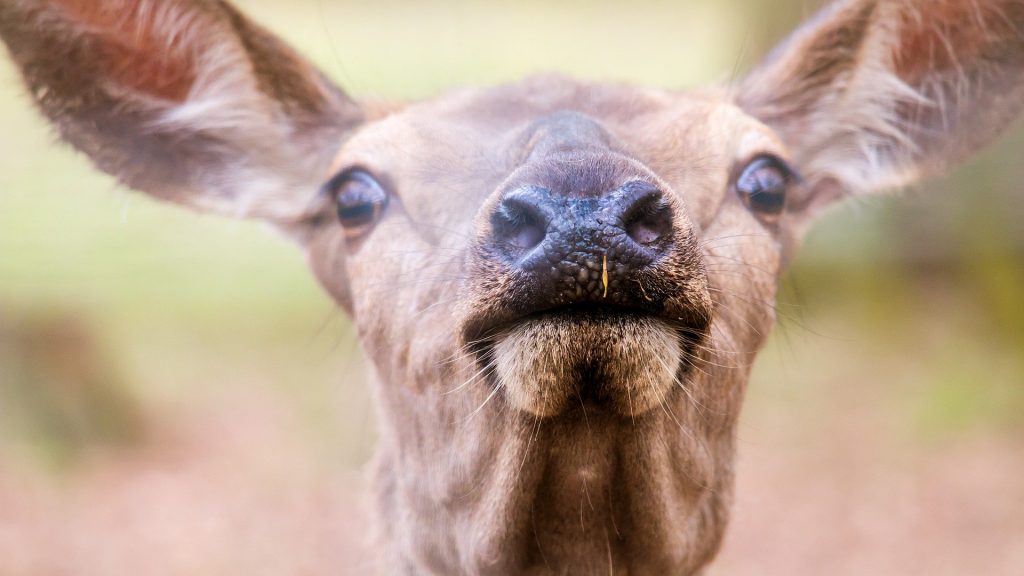
Numerous scientific studies have sought to compare the olfactory capabilities of deer and dogs. These studies have employed various methodologies, including behavioral tests, electrophysiological recordings, and chemical analyses.
One common approach in behavioral studies is to present animals with a series of odors and measure their responses. For instance, researchers may train animals to associate a particular odor with a reward, such as food or a toy. The animals’ ability to discriminate between different odors is then assessed by measuring their response to each odor.
Using this approach, studies have shown that both deer and dogs possess highly developed olfactory systems, capable of detecting and discriminating a wide range of odors.
Electrophysiological studies have also been used to investigate the olfactory capabilities of deer and dogs. These studies involve recording the electrical activity of olfactory neurons in response to different odors. Electrophysiological studies have shown that deer and dogs have similar numbers of olfactory receptors, but that the sensitivity of these receptors may vary between the two species.
Limitations and Future Research, Can a deer smell better than a dog
While scientific studies have provided valuable insights into the olfactory capabilities of deer and dogs, there are still many areas where further research is needed. One limitation of many studies is that they have been conducted in laboratory settings, which may not accurately reflect the olfactory abilities of these animals in their natural environments.
Another limitation is that most studies have focused on the detection and discrimination of simple odors. However, in natural environments, animals must often detect and discriminate complex odors, such as those produced by prey, predators, and conspecifics. Future research should focus on investigating the olfactory capabilities of deer and dogs in more naturalistic settings and on understanding how these animals use their olfactory sense to navigate their environments.
Last Word: Can A Deer Smell Better Than A Dog
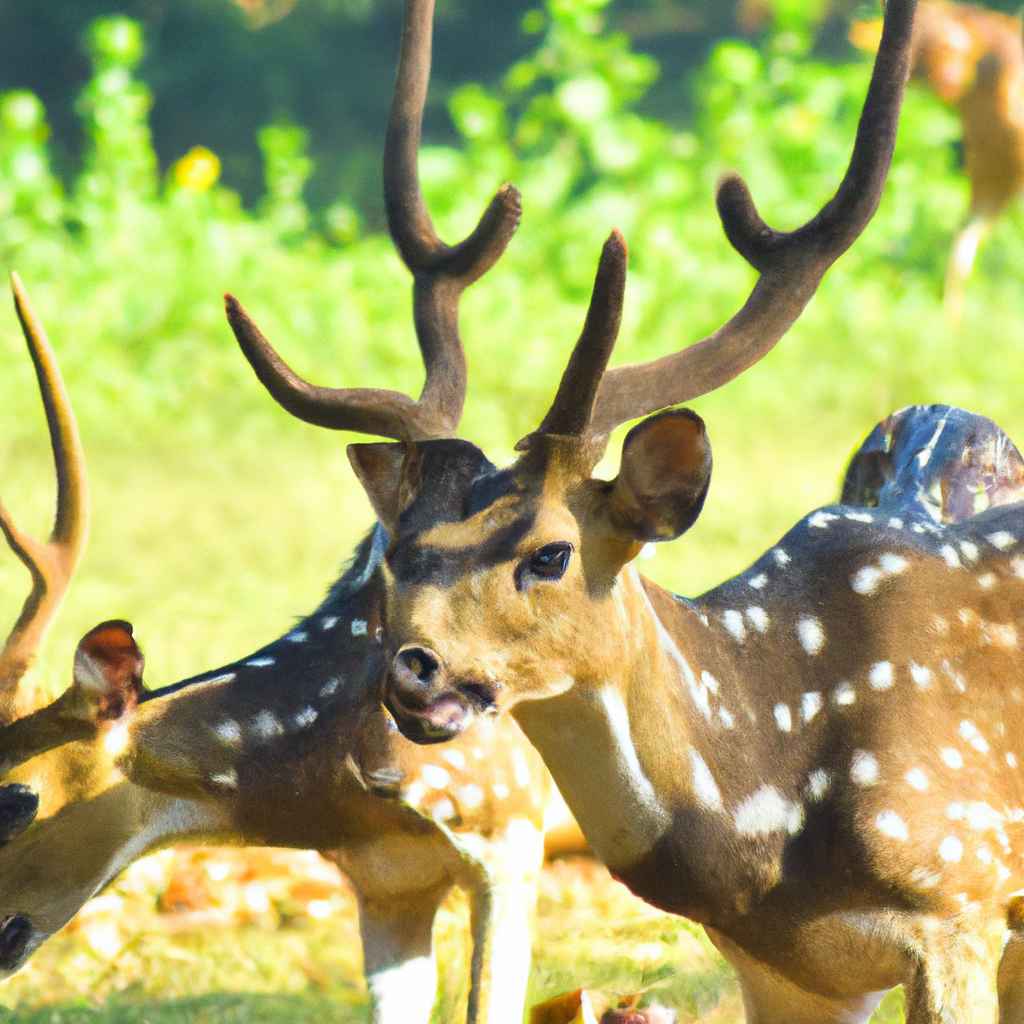
Our journey into the olfactory capabilities of deer and dogs has revealed the remarkable adaptations and nuances that shape their sensory experiences. While both species possess exceptional noses, their strengths and weaknesses lie in different aspects of scent detection. As we continue to unravel the mysteries of the animal kingdom, future research will undoubtedly shed further light on the extraordinary abilities of these creatures.
Top FAQs
How many scent receptors do deer have?
Deer possess approximately 300 million scent receptors, significantly more than humans and even dogs.
Can deer detect scents from far away?
Yes, deer have a keen sense of smell and can detect scents from miles away, depending on wind conditions and terrain.
Are dogs better at tracking scents than deer?
While both deer and dogs are skilled trackers, dogs generally excel in tracking specific scents over long distances, thanks to their specialized training and heightened sense of smell.
